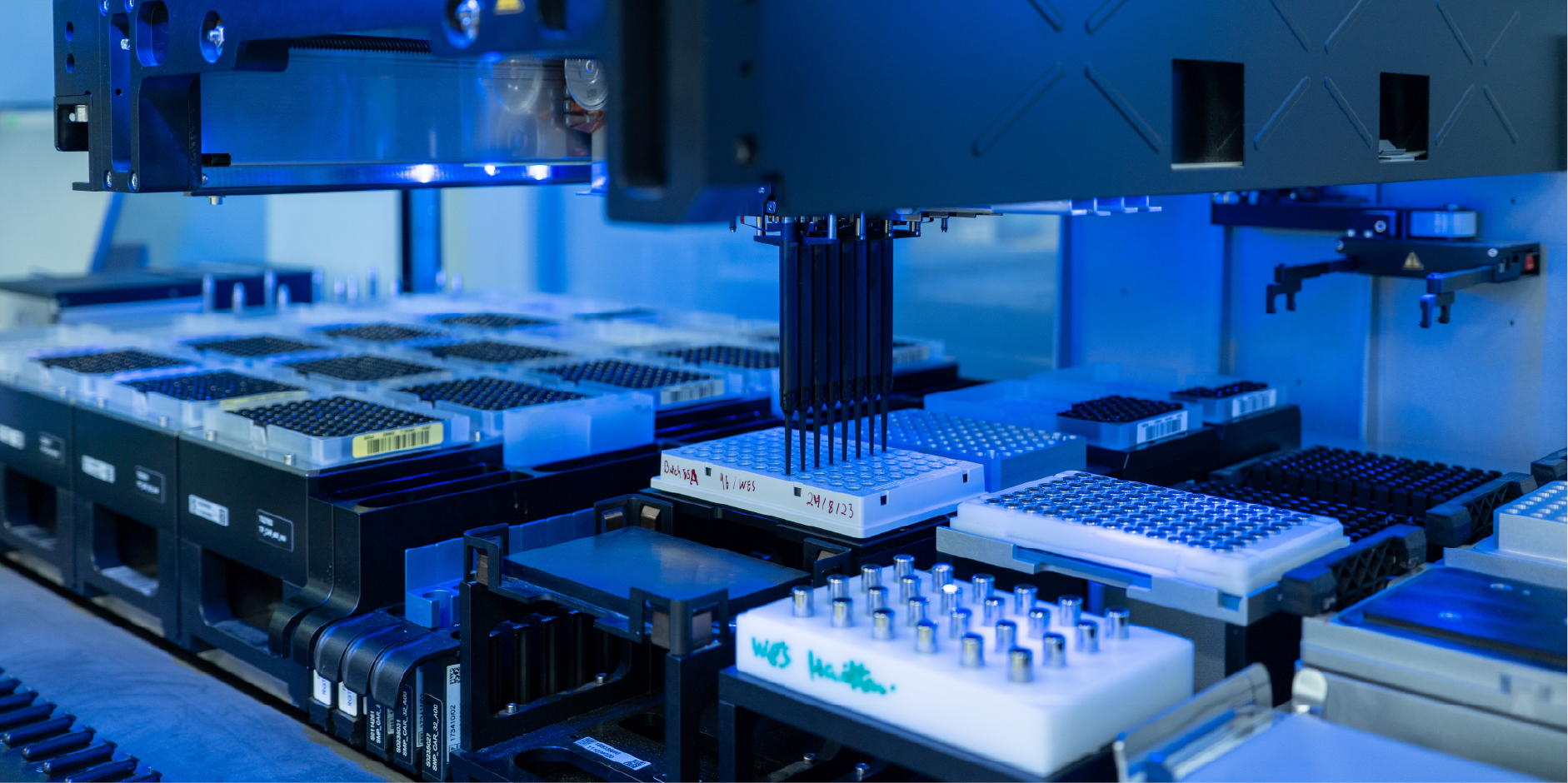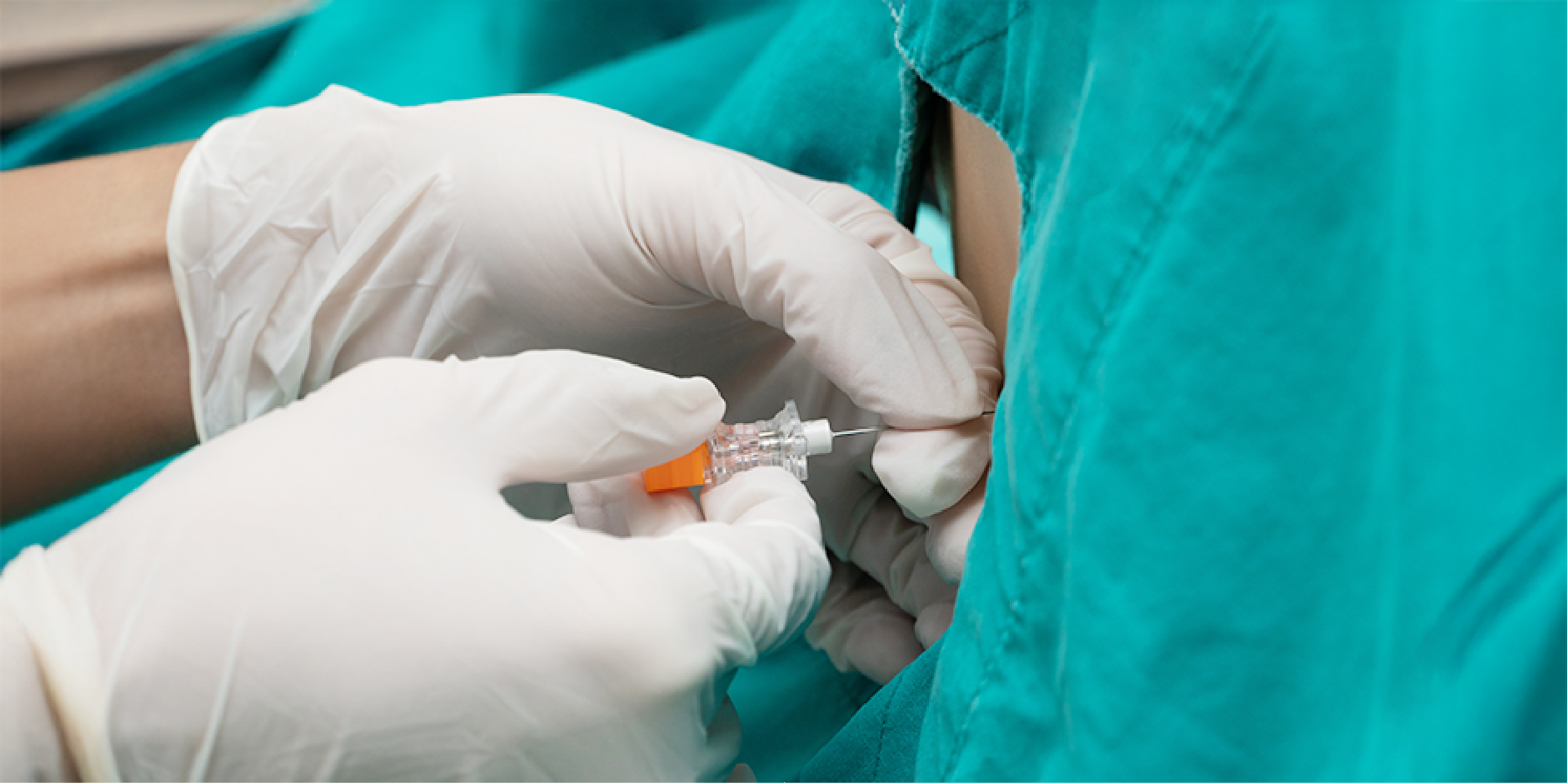Content on this page:
Content on this page:
Laboratory Tests and Ancillaries
It is important that in patients suspected of CLL, complete blood count (CBC) with differential and
platelet count; metabolic panel, including lactate dehydrogenase (LDH) levels and
serum beta-2-microglobulin; bilirubin, haptoglobin, reticulocyte count; direct
Coombs test or direct antiglobulin test (may help predict autoimmune hemolytic
anemia); and hepatitis B screening, if considering CD20 monoclonal antibody
therapy, should be requested.
Flow Cytometry
Flow cytometry effectively differentiates CLL from other forms of leukemia by identifying the specific
cell lineage using antibodies.
Immunophenotyping is a fast and reliable method of
identifying single-cell populations of surface antigens. It uses antibodies or markers
to identify the presence and proportion of surface antigens B-cell associated
antigens: CD19, CD20 (low), CD23; T-cell antigen: CD5; type I membrane glycoprotein: CD200; and surface
immunoglobulins: IgM, IgD (low). It is also used for confirmation of the clonality
of B cells.
 Chronic Lymphocytic Leukemia_Diagnostics 1
Chronic Lymphocytic Leukemia_Diagnostics 1Cytogenetics and Gene Mutations
Cytogenetics and gene mutations are used for the determination of the patient’s prognosis and to help select the best treatment option. Fluorescence in situ hybridization (FISH) detects del(17p), del(11q), del(13q), and trisomy 12. Identifying the IGHV mutation status is useful when considering treatment with chemoimmunotherapy. CpG-stimulated karyotype test is used to identify patients with high-risk disease, particularly for patients receiving Bruton tyrosine kinase (BTK) inhibitor therapy. Elevated levels of serum beta-2 microglobulin (B2M) are associated with overall response, treatment free intervals, and overall survival in patients treated with frontline chemoimmunotherapy.
Optional Tests
Optional tests that may be requested include serum uric acid levels and quantitative serum immunoglobulin test (to determine the patient’s immunological status). Testing for hepatitis C, cytomegalovirus (CMV), Epstein-Barr virus (EBV), and human immunodeficiency virus (HIV) is also suggested.
Biopsy
Biopsy is a diagnostic test option when diagnosis cannot be established with flow cytometry alone.
Lymph Node Biopsy
Lymph node biopsy may be used to rule out other types of lymphoproliferative diseases and high-grade lymphoma transformation in suspected cases.
Bone Marrow Biopsy
Bone marrow biopsy is an option used for the assessment of marrow reserve and to ascertain the nature of cytopenias (anemia, thrombocytopenia) pre- and post-treatment.
Lumbar Puncture
Lumbar puncture may be used for patients with possible central nervous system (CNS) involvement with overt symptoms.
 Chronic Lymphocytic Leukemia_Diagnostics 2
Chronic Lymphocytic Leukemia_Diagnostics 2Prognostic Markers
Prognostic markers aid in predicting survival or disease progression beyond clinical staging. It includes serum markers (CD23, thymidine kinase), genetic markers (IGHV gene analysis) and tests for genomic abnormalities (CD38 expression, CD49d and ZAP-70 expression or methylation).
Imaging
Imaging studies are not
routinely used.
Computed Tomography (CT)
A CT scan is used to assess tumor load and for the
assessment of symptoms. It is also used for baseline assessment of patients
enrolled in clinical trials.
Positron Emission Tomography
(PET)
A PET scan is recommended for localized diseases and
to identify occult sites of the disease or histologic transformation.
Ultrasonography
An ultrasound may be considered for the detection of
lymphadenopathies and organ enlargement.
